Is it worth growing the Knyaginya tomato: the opinions of summer residents and the secrets of obtaining a rich harvest of aromatic tomatoes
Scientists have shown that eating tomatoes improves mood and helps to cope with depression. This is just one of the reasons why both adults and children love tomatoes. Gardeners around the world strive to grow on their site only the most productive and delicious varieties. The Princess (another name is Princess) is rightfully recognized as one of these. Consider further a detailed description of the Princess tomato and find out why they love it so much.
The content of the article
Description of the variety
Summer residents of the southern regions grow tomatoes in the open air, and representatives of the north of the country and the middle lane prefer to plant the Princess in greenhouses or greenhouses. The variety loves fertile soil and feeding.
The bushes are indeterminate, not limited in growth. Princess - mid-season variety, while it is distinguished by high yield rates.
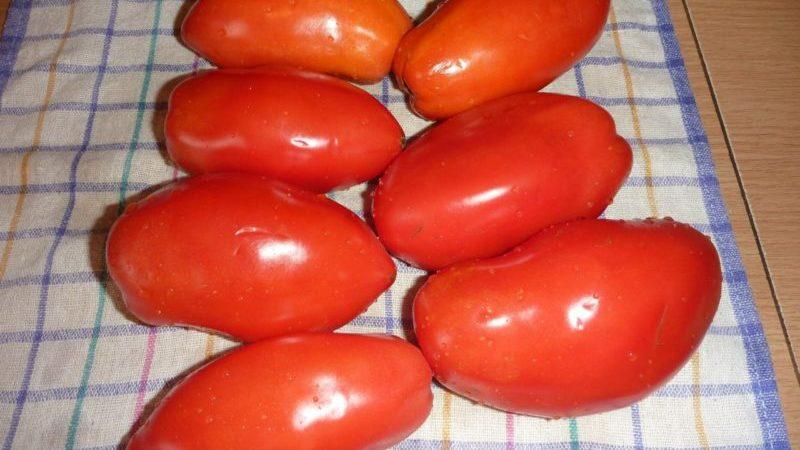
Distinctive features
Bushes grow up to 1.5 m high. Most often they require garters and pinching, as the fruits are large and heavy. The plant is formed into 2 stems. The foliage is medium, externally, the leaves resemble potato leaves. The bushes are powerful, have a developed root system.
Characteristics of fruits, yield
Smooth tomatoes have an oval shape and firm skin. The color is deep red, the aroma is classic. The average weight of a tomato is about 200 g, in greenhouse conditions the indicators increase to 400 g. Subject to the rules for care from 1 sq. m harvested about 14 kg of juicy tomatoes.
How to grow seedlings
Seedlings are prepared 55-60 days before planting the plant on the site. For the best harvest, gardeners are advised to follow the basic agrotechnical rules.
Seed preparation
Quality seeds are the key to a good harvest. When purchasing material, inspect it carefully for spots and other uncharacteristic signs. Only buy seeds from trusted locations.
The main stage in seed preparation is germination. Before that, harden them by placing them in the freezer for 10 hours. Low temperatures destroy larvae and dangerous microbes. Then disinfect the seeds by placing them in a potassium permanganate solution for 15 minutes. For this, hydrogen peroxide is also suitable.
Germinate the seeds in damp gauze or cotton pad. For convenience, place them on a plate and place in a warm, dry place. Germination will show the overall germination of the seeds and will also speed up the appearance of the first shoots.
Important! For the strongest effect, use Mortar. This universal remedy for plants kills harmful microorganisms, saturates the seeds with the necessary microelements, and helps to quickly adapt to external conditions. "Mortar" is on sale in any shop for gardeners.
Capacity and soil
To save time and effort, gardeners buy ready-made soil in the store, for example, “Universal” soil or “Krepysh” mixture. Their compositions are already enriched with all the necessary elements, correspond to the required acidity level. Such a land is an ideal soil for seedlings.
Any container for seeds is used, for example, plastic cups or flower pots. The main thing is that the container is dry and clean. The stores sell special plastic cassettes and seedling containers.
Sowing
We list the stages of planting seedlings:
- pour earth into the container, filling 1/2 of the container;
- make small grooves about 1 cm deep;
- put seeds in each;
- sprinkle with earth on top and gently slam;
- pour a large amount of warm, settled water (in no case from the tap);
- cover with a lid or cling film on top;
- make markings (write the date and name of the variety on the sticker), so it will be easier for you to navigate by planting time.
Growing and care
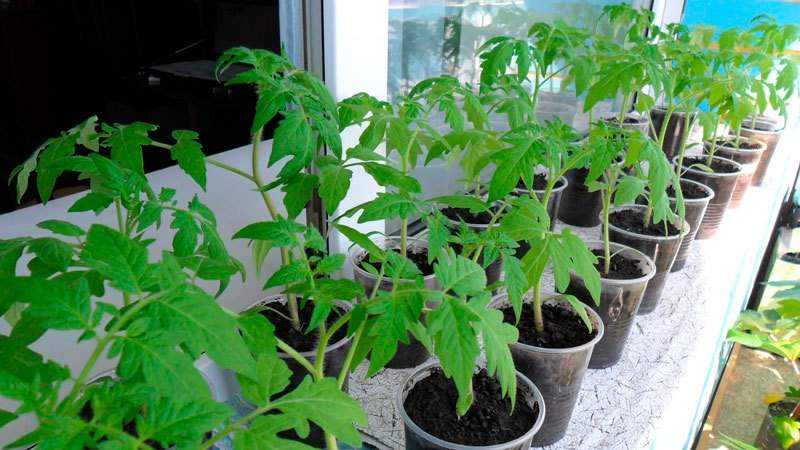
Seedling growth depends entirely on proper care:
- Compliance with the light regime. Place the containers in the brightest place in the house, for example, on a windowsill or loggia. The recommended amount of light is at least 14 hours a day. If there is a shortage, arrange additional illumination with fluorescent lamps.
- Watering mode. For the first time, tomatoes are watered 10 days after planting. Make sure that there is not too much moisture, otherwise you will increase the risk of developing fungus and infections. Water should fall directly under the root, bypassing the stem and leaves.
- Temperature conditions. The ideal air temperature is at least 22 degrees. Temper it 2 weeks before planting seedlings in the ground. For example, put on the balcony every day, increasing the hardening time. First it will be 1 hour, then 1.5, and so on. Hardening makes tomatoes immune to extreme weather changes. This is especially true for gardeners who grow the Princess in the open field.
- Fertilizers... The first top dressing is applied after 15 days. To do this, use liquid chicken manure or a solution based on garlic and onion peel. In the future, fertilizers are applied at intervals of 15-20 days. In addition to organic matter, do not forget about mineral nutrition in the form of nitrogen-containing substances.
Important! At the seedling stage, it is important to create favorable conditions for the development of tomatoes. Use growth stimulants: Silk, Epin-extra, Zircon. These preparations will give the Princess the necessary amount of potassium and phosphorus, develop immunity to diseases, and increase productivity.
How to grow tomatoes
In leaving, the Princess is unpretentious, even a novice gardener will be able to collect a good harvest.
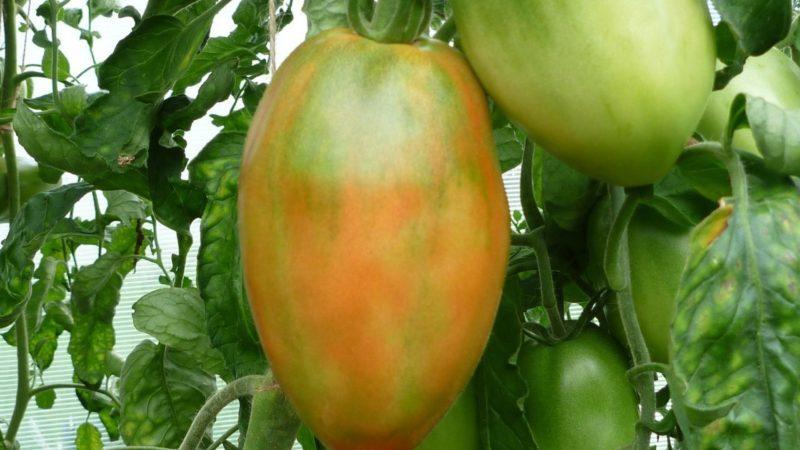
Landing
For planting, a morning or evening of a cloudy and calm day is perfect. Plant the bushes at a distance of 50 cm from each other. Place a wooden peg for the future garter right next to each bush. Place the seedlings in the ground carefully, without harm to the still fragile stem. After all the seedlings are in the beds, water them abundantly with warm water.
Care
Caring for the Princess variety is as follows:
- Watering mode. Water the bushes every 7-10 days. If the summer is rainy, reduce the amount of water; if hot and dry, on the contrary, increase. It is better to water the tomatoes in the morning or evening, when the sun is not very hot - this will prevent sunburn. In addition, it is recommended to avoid getting moisture on the bushes, as bacteria and microbes develop especially actively in conditions of high humidity.
- Loosening the earth... Loosen the soil every 10-12 days, this rule is especially true during fertilization. The procedure saturates the soil with oxygen, making it more airy.
- Weed removal... Foreign grass especially loves to appear after rains. Weeds feed on tomatoes, which makes the latter lack the strength to develop. Remove weeds with bare hands or with gloves as they grow.
- Garter bushes required when the first tomatoes are formed on the brushes. For a garter, in addition to wooden stakes, you will need twine. When tying bushes, proceed so that the string does not injure the stem. Also, never tie the string around the stem multiple times.
- Stealing spend tomatoes every 7 days. Plants form additional shoots (stepchildren), which take some of the nutrients from the tomatoes. When removing them, it is important not to damage the stem. If the shoots are still small, use scissors.
- Fertilizers for tomatoes... As organic fertilizers suitable wood ash, milk, eggshells, liquid mullein, aloe juice. From chemicals - "Fundazol", "Kornevin", "Rival". To achieve the best effect, gardeners recommend alternating feeding.
Features of cultivation and possible difficulties
Before planting a crop, pay special attention to disinfecting the soil. In the fall, collect all the trash and plants and burn them. Dig up the beds and put a "blanket" of hay on them. In the spring, 2 weeks before planting, water the soil with a manganese solution. If you plan to plant tomatoes in a greenhouse, treat the structure with a solution: walls, doors, vents, and so on.
Also, don't forget about foliar feeding. We are talking about spraying the bushes for preventive purposes. For example, an effective remedy against pests is recognized bordeaux solutionconsisting of water, lime and copper sulfate. Spraying with the agent is carried out three times per season. The strong action of the drug normalizes metabolism and helps to avoid infections. Always prepare gloves, protective clothing and goggles before handling the solution.
Diseases and pests
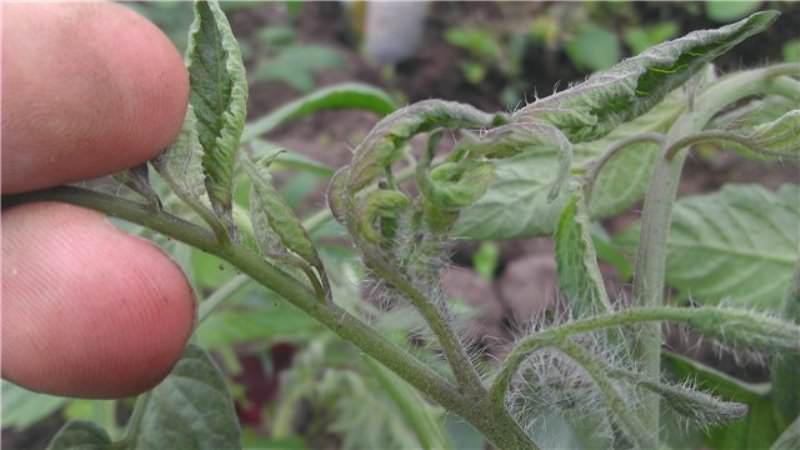
Princess tomatoes can get sick with black leg or root rot. The infection penetrates deep into the ground and destroys the roots, slowly "eating" them. As a result, the bushes do not receive food from the soil and die. For prevention purposes, use a solution based on milk or whey. Such spraying is safe for both plants and humans.
Other enemies of the roots are the wire beetle and the bear. Pests also penetrate deep underground and destroy roots. Leaves wilt, turn yellow or white, and tomato development slows down. For prevention purposes, use eggshells. Just scatter it in the garden, and the tomatoes will be under reliable protection.
Important! The Knyaginya variety has a high immunity against common fungal diseases - late blight and septoria. This is one of the main benefits of tomato.
The nuances of growing in open ground and in a greenhouse
When grown outdoors, the best place to plant is eggplant or cucumber beds. Don't plant tomatoes after potatoes and peppers. For the Princess, select the brightest and most spacious place in the garden. Avoid placing the potatoes mentioned above nearby. The best neighbors for tomatoes are legumes. In addition, gardeners are advised to plant basil or marigolds next to vegetables. They have been found to improve the palatability of tomatoes.
If the tomatoes are planted in a greenhouse, remember to ventilate it regularly. The fact is that the structure is characterized by high humidity and high air temperature, which negatively affects the development of tomatoes... Airings are arranged through the vents and open doors.
Important! Use a drip irrigation system both in the greenhouse and outdoors. It directs water directly to the roots, bypassing stems and leaves. Also, using a drip system, root fertilizers and top dressing are applied.
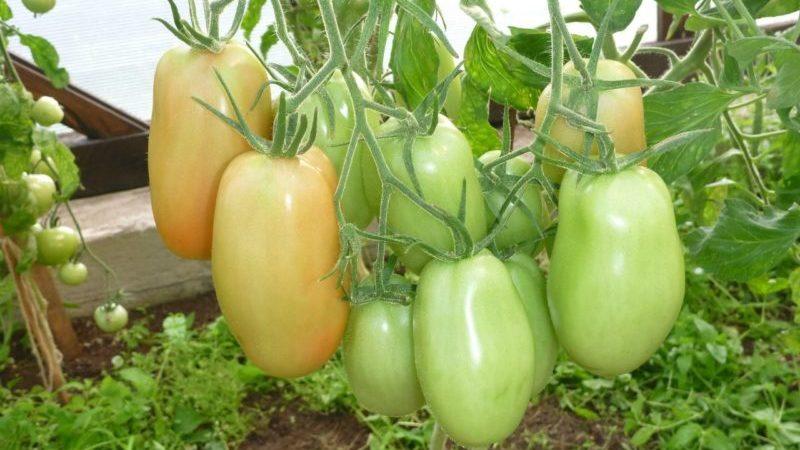
Harvesting and application of the crop
The Princess is harvested immediately after the first ripe tomatoes appear. You can tell if vegetables are ready to be picked by their characteristic rich red color. Tomatoes are harvested so as not to damage the stalk. Overripe tomatoes are undesirable, otherwise it will have a bad effect on the total amount of the crop.
Tomato is rich in amino acids, vitamins and minerals. It has a positive effect on the nervous system and the work of the gastrointestinal tract. In addition, tomato is a natural antioxidant.
Tomatoes are used in the preparation of many dishes: pasta, tomato juice, vegetable stew, pizza. Vegetables go well with other foods - meat, poultry or fish.
Advantages and disadvantages of the variety
The advantages of the Knyaginya variety:
- great taste;
- original appearance;
- universality of application;
- high immunity.
Disadvantages of tomato:
- the need to form a bush;
- the best growing conditions are a greenhouse or greenhouse.
Reviews of gardeners
Summer residents say different things about the Princess variety:
Valentina, Stavropol: “The quality corresponds to the declared characteristics. There are few seeds, the pulp is juicy and sugar. Average yield, delicate taste. I will grow more. "
Alla, Penza: “I first planted varieties 3 years ago. In the greenhouse, the bushes have grown to 1.7 m. The fruiting period is extended, the yield is high. I use it for winter preparations or pickling. "
Nikita, Moscow region: “The Knyaginya variety is delicious, but the yield did not suit me. Tomatoes were tied for a long time, the fruits are watery. I doubt that I will plant the Knyaginya variety again. "
Conclusion
If you are looking for new tomatoes for your garden, the Princess tomato variety is an excellent choice. It is fruitful, the taste of tomatoes is juicy and rich. Excellent tomato juice is obtained from vegetables, which is used for baby and diet food. The variety is unpretentious in care, it is resistant to diseases.